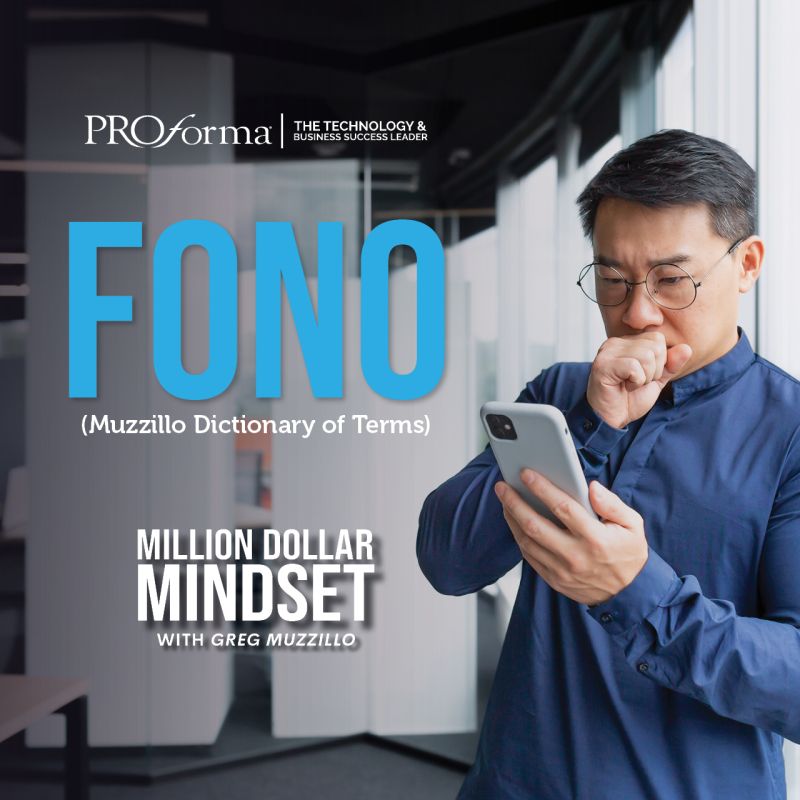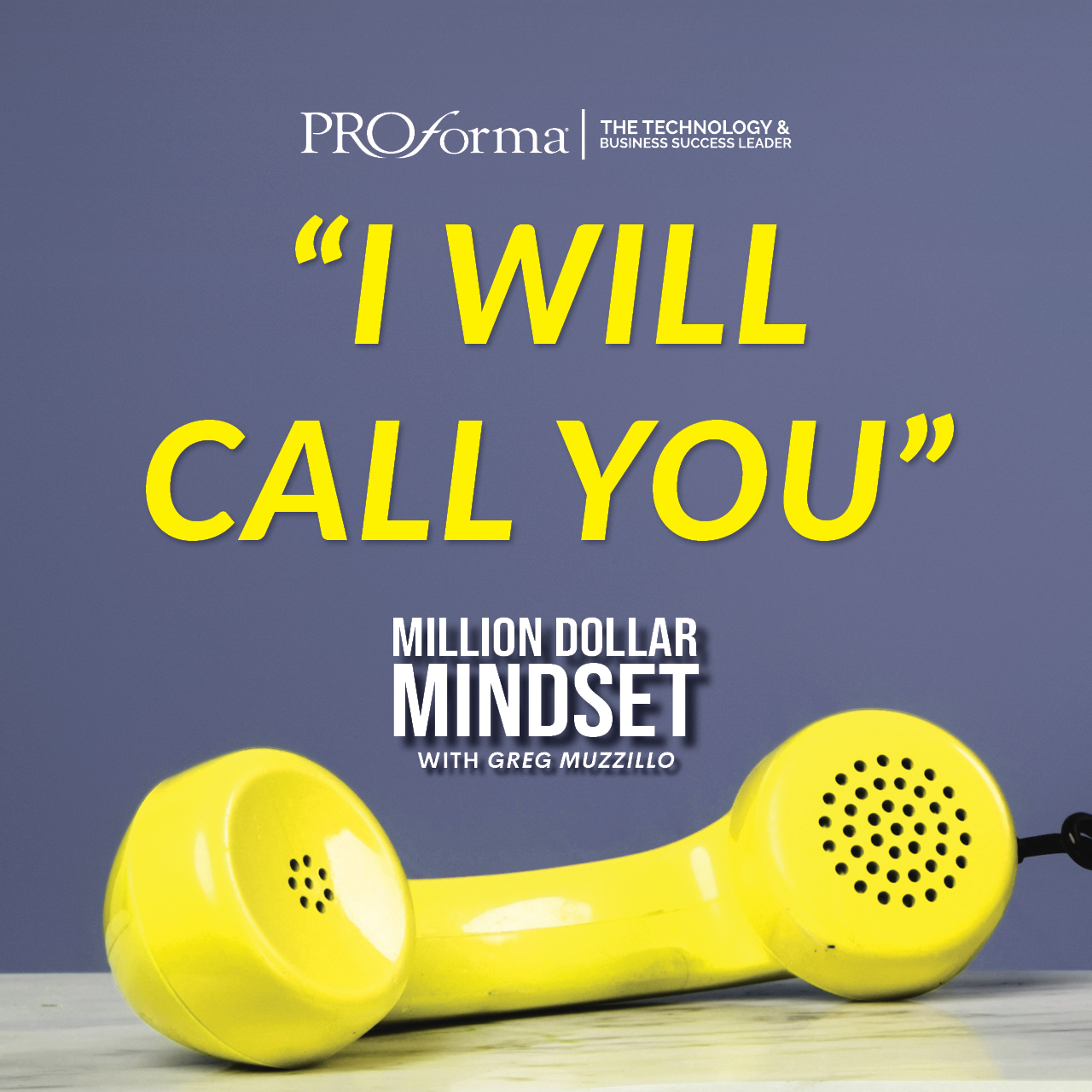If there’s anything humans do particularly often and well, it’s drink things. Before you roll your eyes at the simplistic absurdity of that sentence, just think about it.
Up to 60 percent of the adult human body is made up of water. While this contributes to many factors of our existence, it is perhaps most directly linked to the fact that we must consume large amounts of liquids on a daily basis—and that’s before you even get to the social aspects that have made beverage consumption a recreational activity.
What does that all mean for beverage brands? Well, copious liquid consumption means ever-increasing business, which makes promotion in a crowded vertical a crucial element for industry success. And this, folks, is where we come in. Promotional products distributors know a thing or two about, well, promotion, and in order to take advantage of beverage brand sales, they should be aware of some tips and tricks that can help them to get ahead. We got in touch with Luke Ross, sales associate for Trophies Inc., Dallas, and Matt Gledhill, vice president of sales and marketing for Walker Advertising Inc., San Antonio, for advice on selling promotional products to beverage brands in 2018.
Product Placement
To get started, we asked the most basic question of them all: What types of products are ideal for the beverage brands promotional market?
“Hats—they’re simple to make,” Ross said. “Beer drinkers like for people to know what kind of beer they drink. Canopy tents [are a] great way to get your name out there as a distributor and let everyone know where to get a refill. [We offer] banners, coolers, koozies, T-shirts, bottle openers, keychains, inflatable beer cans, folding chairs, employee apparel and driver apparel for deliveries.”
“There are so many options that it really breaks down to what market segment you’re working on,” Gledhill explained. “There’s point-of-purchase, public/sponsored events, wholesaler gifts and more. I’d say most of my time is event-specific, so for events my go-to, No. 1 piece is a can cooler. Everyone wants a new one no matter how many they have at home, and if you spend time on design you can make an everyday product extremely unique. With the surge in sparkling seltzers and similar beverages, lip balm is a great product and rising quickly as a go-to for me.”
With so many options to sell, we wondered what exactly it is that makes beverage brand promotions such a lucrative and sustainable business opportunity for promotional products distributors. After all, with so many other verticals out there, there have to be some pretty appealing reasons to invest so much time and energy into one in particular. According to Ross, it’s all about affordability.
“Television commercials and billboards are great, but not everyone can afford to advertise in such a way,” he said. “Promotional product advertising is affordable and lasts much longer than an ad on TV. People who use promotional products hang on to them and recognize that the advertiser is willing to provide their customers with practical items for everyday use. A beer is great at five o’ clock, but what reminds people of what beer to get when they go to the grocery store is likely to be the bottle opener on their keychain or the embossed portfolio on their desk.”
Gledhill was slightly more cautious to attribute success to the power of promotional products alone. For him, the promotions have to be just right in order to make business worthwhile.
“It’s only [lucrative and sustainable] if you can regularly offer unique options at the right price and in time for their events or programs,” he admitted. “It can be very difficult to get into the beverage business, and the saying ‘it’s not what you know, it’s who you know’ certainly holds true to this industry. Once you’re in and get some experience it can be profitable and really fun.”
Are You Experienced?
Advice is one thing, but actual experience is on another level altogether. Luckily, Ross and Gledhill were willing to share some professional anecdotes in order to give some insight into how beverage brand promotions can take shape.
“Try not to convince yourself that there’s only one category of promotional product that your client wants,” Ross advised. “I’ve spent nearly four months working on presentations for Ben E. Keith Beer Distributors in Dallas. Again and again I’ve put together over 200 product ideas with no response until finally they’ve expressed interest in Trophies Inc. as a promotional product advertising distributor.
“The point is you can’t give up after one try,” he continued. “You’ve gotta keep yourself motivated and think outside the box. Granted you’ve got no business trying to sell a Lawn Mower to a beer distributor, but then again I look around my office and at home and I can’t see one thing I couldn’t put an imprint on that I wouldn’t mind presenting.”
Persistence paid also paid off for Gledhill, both for him and the brand he was fortunate enough to work with.
“A Texas brewery I work with lost their sponsorship to Austin City Limits in Austin, Texas, to Heineken,” he explained. “Instead of running back home they decided to take advantage of the loss and buy signage in and out of town telling everyone they wish they could be there. I came up with the idea to print can coolers that look just like their cans so when a Heineken brand can goes in it, it looks like my customer’s brew. Ten thousand of them were given out to people entering. It was a huge success.
“Be persistent while investing into your prospect,” he added. “Never give up. Your competitors have rapport, experience and contacts. You have to be willing to spend the time and possibly the money to overcome your competition.”
Be Advised
With so much opportunity available, how can promotional products distributors looking to break into the beverage brand market do so, especially when they lack any previous experience in the vertical?
According to Ross, it’s all about, well, doing it all. Being persistent only gets you so far. It’s the process of convincing a prospective client that your business is right for them that takes true hard work and dedication.
“Be honest and prove that you’re willing to go the extra mile for them as your client,” Ross advised. “A cold call and an explanation of what promotional product advertising is won’t do. If they don’t know who you are and why they should buy your products, why would they care what you have to say? They’re busy doing their job, [and] they don’t need you wasting their time. So, you make something happen to prove you aren’t wasting their time. You pick up the phone and call all the suppliers you know. You get them interested and you’ll come up with something as a team that’s worth their time.”
As for Gledhill, it’s all about using the best suppliers possible. After that, the products will practically sell themselves.
“The best advice I can give is to set up a short list of your best factories and rely on them as you make way,” he said. “You’re only as good as the worst vendor you use.”



